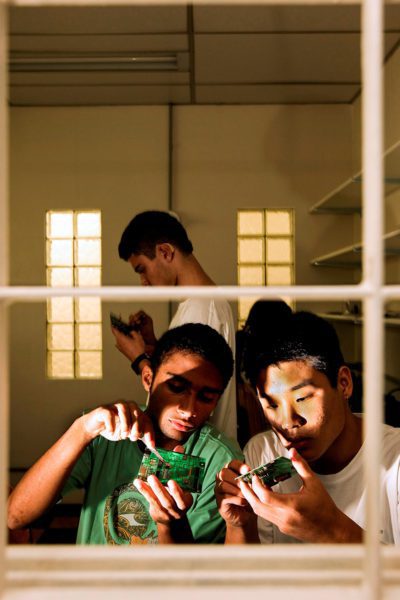These tools and metrics are designed to help AI actors develop and use trustworthy AI systems and applications that respect human rights and are fair, transparent, explainable, robust, secure and safe.
mDREET : Solar Ear App

Solar Ear’s hearing aids are made by deaf people who have passed a rigorous electronics and micro-soldering training program, and who each week receive empowerment and education training – everything from HIV/AIDs awareness to how to open a bank account. They also make the Solar Ear solar battery charger – the first of its kind – that can charge any rechargeable hearing aid battery.
The hearing aids are made with the same microchips used by the world’s other hearing aid manufacturers, companies Howard refers to as “the big five”. The microchip is the most expensive component of a hearing aid, and Howard says Solar Ear pays the same price per chip as the large manufacturers which is about $35. The Solar Ear hearing aid costs about $50 to produce and they are sold for $100 – a mark-up Howard established to ensure that the business remains viable.
They did not patent the technology. Howard believed that the money to obtain — and enforce — the patents was money he didn’t want to spend, and frankly didn’t have. “The big five,” he says, “are more interested in selling hearing aids for thousands of dollars to the wealthy. But if one of [them] wants to copy our patent and get more low-cost rechargeable hearing aids to deaf kids and I go bankrupt, that will be great. I will have succeeded in my mission.”
 Solar Ear’s assembly team; Courtesy of Solar Ear
Solar Ear’s assembly team; Courtesy of Solar Ear
About the tool
You can click on the links to see the associated tools
Developing organisation(s):
Objective(s):
Impacted stakeholders:
Purpose(s):
Target sector(s):
Type of approach:
Usage rights:
Target groups:
Tags:
- Hearing Aid
Use Cases
Would you like to submit a use case for this tool?
If you have used this tool, we would love to know more about your experience.
Add use case



 Partnership on AI
Partnership on AI


























